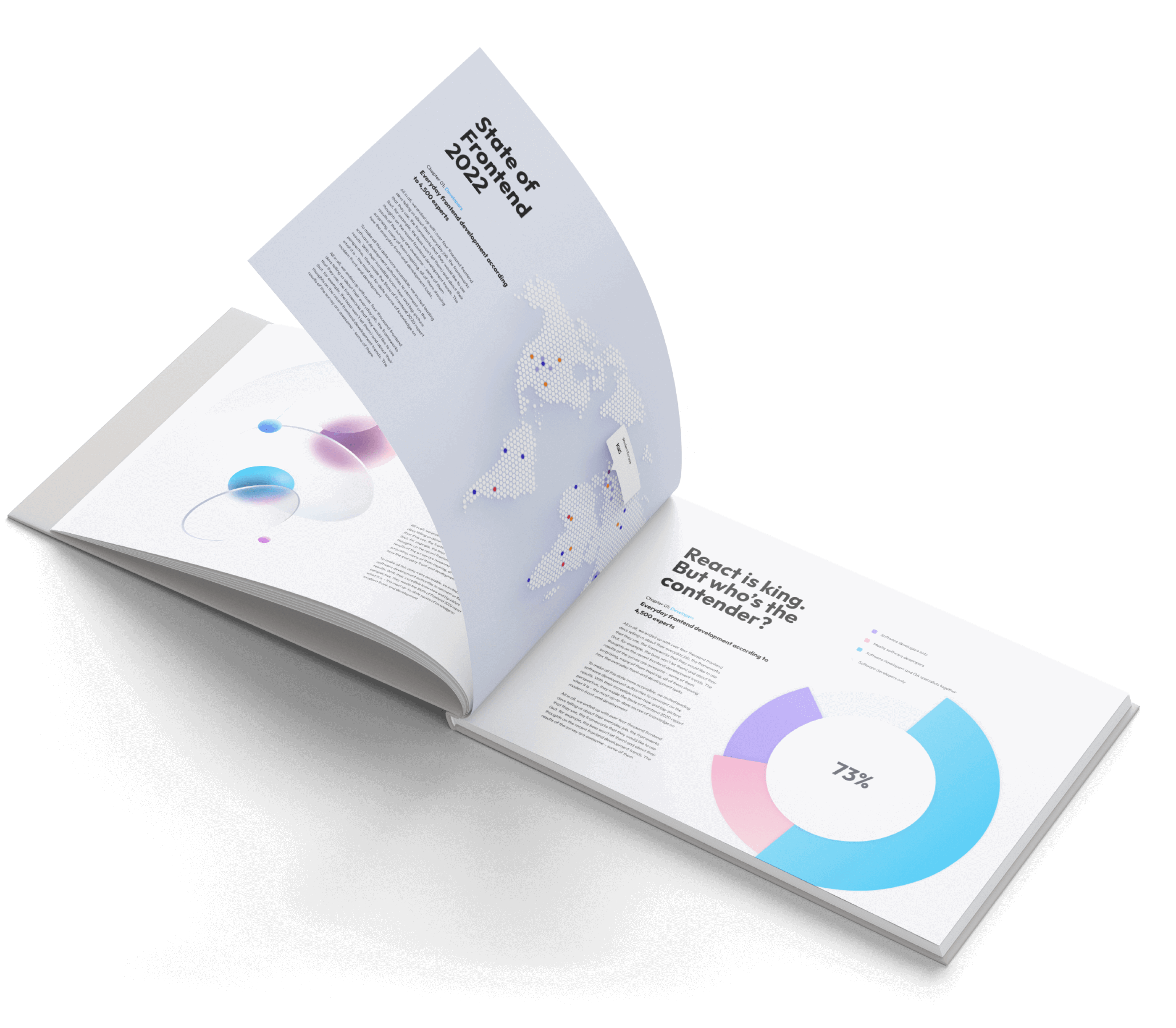Does your React WordPress theme perform flawlessly on all browsers? Are you confident that it offers an equally seamless user experience, irrespective of the platform used to access it? Can you affirmatively answer to these questions without hesitating? Building a cross-browser compatible React WordPress theme is a challenging task, but it is an absolute necessity in today’s increasingly digital world, where consumers access their desired sites using a broad range of technologies and browsers.
The issue of cross-browser compatibility for React WordPress themes is a hot topic within the web-developing community. A scholarly article by Potdar et al. (2017) revealed that poorly executed cross-browser compatibility can potentially deter a significant portion of a website’s prospective audience. This finding is echoed by a 2020 survey by StatCounter Global, which indicated an almost equal market share between Chrome, Safari, Firefox, and others, signifying a diverse user base that employs various web browsers to access WordPress websites. Hence, a comprehensive solution to ensure cross-browser compatibility is of the essence.
In this article, you will learn about the best practices for achieving cross-browser compatibility in your React WordPress themes. It will delve into the various elements that influence compatibility, from JavaScript and CSS elements to rendering and performance issues. Also, the article will explore different testing tools and techniques that you can use to evaluate and improve your theme’s compatibility.
We will examine case studies of successful implementation of cross-browser compatibility in WordPress themes and grasp their approaches. What’s more, the article will also explore how to keep up with new developments in this rapidly evolving domain and future-proof your WordPress themes. So, stay tuned to significantly enhance your WordPress theming skills and deliver a flawless browsing experience to your users, irrespective of their browser choice.

Definitions and UnderstandingCross-Browser Compatibility in React WordPress Themes
React is a popular JavaScript library, largely used for building user interfaces – such as those found on websites. Oftentimes, developers implement React in crafting WordPress Themes, making them more dynamic and user-friendly.
Cross-Browser Compatibility means ensuring that your website looks and functions well across different web browsers (like Google Chrome, Firefox, and Safari). Web browsers can interpret and display web pages differently, so it’s important that any React WordPress Theme is built to be compatible across as many of them as possible.
Best Practices refer to the accepted or recommended methods of ensuring this compatibility. These can include testing the theme on different browsers and employing tools/techniques to rectify any issues.
Unmasking the Mastery of Cross-Browser Compatibility in React WordPress Themes
React WordPress Themes are becoming significantly popular due to their interactive and responsive designs. However, for a seamless user experience, making these themes cross-browser compatible is quintessential. Incorporating this milestone into the development process isn’t an arduous task as it might seem. A well-strategized approach with a keen eye for detail can help developers maneuver this challenge efficiently.
Understanding Cross Browser Compatibility In Detail
For uninitiated ones, cross-browser compatibility is the ability of a website or web application to function across different browsers and operating systems without any discrepancies. Different platforms interpret code differently, leading to variations in web appearance and functionality. Since users across the globe use various browsers, achieving cross-browser compatibility allows you to cater to a broad audience, thus enhancing your website’s reach.
Strategies To Ensure Cross-Browser Compatibility in React WordPress Themes
Designing React WordPress Themes for cross-browser compatibility involves several strategic steps. First and foremost, the use of browser-agnostic tools is highly recommended. These tools offer uniformity and compatibility by ironing out browser differences.
Secondly, developers should regularly test their themes across different browsers and update them accordingly to mitigate any compatibility issues. Modern tools like BrowserStack or CrossBrowserTesting can help developers test their themes without installing multiple browsers.
Finally, incorporating progressive enhancement concepts, where basic functionalities and content are accessible to all users regardless of their browser or operating system, can help ensure broad compatibility while still allowing for advanced features where supported.
- Use of Browser-Agnostic Tools: These tools help remove the differences among various browsers by providing a consistent API or style base to work upon. Libraries like jQuery, or normalization stylesheets like Normalize.css, help achieve this.
- Regular Testing: Testing across multiple browsers and devices should be a standard practice. It helps find and fix any inconsistencies that might have slipped through the development process. Tools like BrowserStack and CrossBrowserTesting are indispensable for this job.
- Progressive Enhancement: This concept is based on providing a base-level experience for all users, irrespective of their browser or device, and then progressively adding advanced functionalities for the browsers that can support it. This method ensures compatibility without compromising on functionality.
To sum it up, cross-browser compatibility in React WordPress Themes demands a thoughtful and systematic approach, but the end results are exceptional. A theme that provides a consistent user experience across all browsers can greatly contribute to a website’s success by reaching a larger audience, thus mounting its reputation and credibility.
Turning the Tables: How Cross-Browser Compatibility Transforms React WordPress Themes
Reflecting on Cross-Browser Compatibility
Have you ever considered the vastness of the internet and how different browsers interpret your website? The key idea every web developer needs to embrace is universal accessibility – ensuring your website performs optimally across various browsers. Adopting React WordPress Themes for designing websites has proven to be a game-changer in creating cross-browser compatible sites. React’s virtual DOM enables developers to build sites that deliver consistent performance across major browsers like Chrome, Firefox, or Safari.
Identifying Pervasive Challenges
Despite the advantages of using React WordPress Themes, developers often stumble upon a common obstacle – achieving cross-browser compatibility. Both Internet Explorer and other older browser versions present a uniqueness in the way they interpret and display websites. This inconsistency can result in a website looking different across diverse browsers, thus pulling down the user experience.
Proactive Measures Yielding Success
To overcome these challenges, adhering to certain best practices can lead to successful outcomes. One such practice is to incorporate the use of CSS resets in your website design. They neutralize the inconsistency between different browser’s default styling. The use of autoprefixer, a tool that adds vendor prefixes to your CSS, is another best practice that ensures your website works even in older browser versions. Additionally, making a habit of testing your website on different browsers and their various versions during the development phase is highly recommended. Tools like BrowserStack and CrossBrowserTesting can be extremely helpful for this purpose.
The Undercurrents of Success: Impeccable Cross-Browser Compatibility in React WordPress Themes
Why is Cross-Browser Compatibility Essential Today?
Why does a seemly basic concept such as cross-browser compatibility hold such significance in the digital realm today? The backbone of a robust, engaging, and user-friendly website or a theme is the cohesiveness it displays across various web browsers. In the React WordPress Themes scenario, the concept of seamless cross-browser compatibility translates into widespread accessibility and improved user experience leading to ultimate success.
The inherent issue, however, arises due to the differences in the way different browsers translate code into a webpage. Unfortunately, what might look or respond excellently on one browser might fail completely or deform terribly on another. This problem compounds when you consider the diversity of the web browsers and their respective versions that users utilize globally.
Creating a React WordPress Theme can be a uniquely pleasing process until you hit the roadblock of ensuring cross-browser compatibility. Even with responsive designs in play, discrepancies in how CSS gets interpreted or JavaScript functions are triggered can lead to a massive blow on the theme’s performance across individual browsers.
Practical Illustrations of Implementing Cross-Browser Compatibility
Stepping into examples, consider a React WordPress theme Builder – a powerful tool used to create dynamic themes. One of the best practices employed by experts here is leveraging the power of auto-prefixers. By adding relevant vendor prefixes to your CSS, you ensure that features behave consistently across browsers, covering a good percentage of cross-browser compatibility issues related to CSS.
Further, in a React WordPress theme, it’s vital to leverage React’s cross-browser compatibility features. For example, using React’s Synthetic Event System eliminates the disparities between how different browsers handle JavaScript events. React does this by wrapping the browser’s native event into a consistent API for every browser. This wrapping is sorted out during JSX to JavaScript conversion, making the process seamless and easy.
Another best practice to note is the use of conditional comments in your HTML. This way, you provide instructions to be followed only by specific browsers. These comments are handy for problematic browsers, such as Internet Explorer, where certain elements may need unique styling to mesh with the rest of the theme. Swiftly addressing these issues can vastly improve the user’s experience on the website, driving engagement, and contributing to overall success.
Lastly, effective feature detection through tools like Modernizr provides a detailed breakdown of what features a user’s browser supports. With this knowledge, you can tailor your theme to provide graceful degradation or progressive enhancements, ensuring neither the website nor the user experience breaks at any point, no matter the browser. To sum, attention to detail and smart use of available resources can round up as your strategy to master cross-browser compatibility in your React WordPress themes.
Conclusion
Isn’t it intriguing to envision how robust the interaction and user experience could be when React is integrated with WordPress themes? A consistent and robust website available to a wide range of web users across different browser platforms is no longer a dream but a reality that can be achieved through the adherence to the juxtaposed best practices.
Constant updates, tips, and guidelines are paramount for staying abreast in the ever-evolving field of web development. Thus, we encourage you to join our community of followers who enjoy first-hand information. Our blog equips you with cutting-edge knowledge necessary to navigate technical terrains and create fascinating digital experiences. Not only do we provide current best practices, but we also keep you informed about new trends in the industry. Why not join now? The trailblazers in our community are already making a difference.
In the unfolding days, look forward to exciting new releases that will enhance your skills and mastery of cross-browser compatibility in React WordPress themes. With an eagerness to elevate the digital space’s diversity, we are tirelessly working to develop new insights and procedures to enhance your knowledge and practice. Fasten your seatbelts and get ready for the exhilarating exploration into the world of cross-browser compatibility, React, and WordPress Themes!
F.A.Q.
Frequently Asked Questions
1. What is cross-browser compatibility in React WordPress themes?
It refers to the functionality of a WordPress theme to function correctly and maintain its design integrity across different web browsers like Chrome, Safari or Firefox. This is achieved by using React, a popular JavaScript library, for building user interfaces.
2. Why is cross-browser compatibility important for WordPress themes?
Cross-browser compatibility ensures that your website looks and functions consistently, no matter the browser being used to view it. It is crucial in spreading your site’s accessibility and providing a high-quality user experience to a wider audience.
3. How can I ensure cross-browser compatibility in React WordPress themes?
You can use tools and techniques like normalizing CSS, Autoprefixer, and testing on different browsers. Additionally, use frameworks like React that have built-in cross-browser compatibility.
4. Does using React ensure complete cross-browser compatibility?
No, while React does assist with cross-browser compatibility, it’s not a standalone solution. It should be accompanied by thorough testing and effective browser-specific styling or fallbacks where necessary.
5. What are some common issues with cross-browser compatibility?
Some common issues include inconsistency in CSS application, JavaScript functionality issues, and HTML elements rendering differently across browsers. Debugging these issues takes time, hence, it reinforces the importance of building with cross-browser compatibility in mind.






